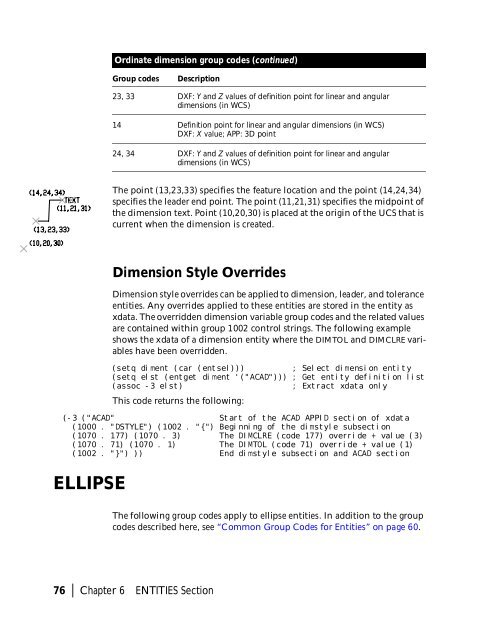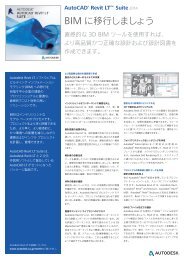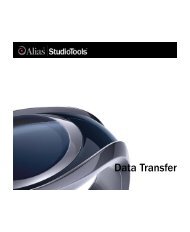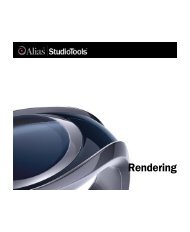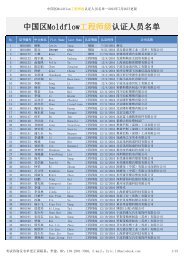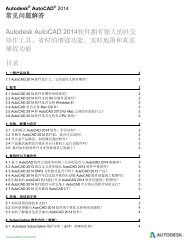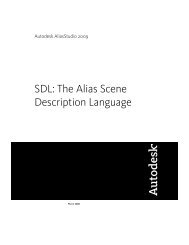Create successful ePaper yourself
Turn your PDF publications into a flip-book with our unique Google optimized e-Paper software.
Ordinate dimension group codes (continued)<br />
Group codes<br />
Description<br />
23, 33 DXF: Y and Z values of definition point for linear and angular<br />
dimensions (in WCS)<br />
14 Definition point for linear and angular dimensions (in WCS)<br />
DXF: X value; APP: 3D point<br />
24, 34 DXF: Y and Z values of definition point for linear and angular<br />
dimensions (in WCS)<br />
The point (13,23,33) specifies the feature location and the point (14,24,34)<br />
specifies the leader end point. The point (11,21,31) specifies the midpoint of<br />
the dimension text. Point (10,20,30) is placed at the origin of the UCS that is<br />
current when the dimension is created.<br />
Dimension Style Overrides<br />
Dimension style overrides can be applied to dimension, leader, and tolerance<br />
entities. Any overrides applied to these entities are stored in the entity as<br />
xdata. The overridden dimension variable group codes and the related values<br />
are contained within group 1002 control strings. The following example<br />
shows the xdata of a dimension entity where the DIMTOL and DIMCLRE variables<br />
have been overridden.<br />
(setq diment (car (entsel)))<br />
; Select dimension entity<br />
(setq elst (entget diment '("ACAD"))) ; Get entity definition list<br />
(assoc -3 elst)<br />
; Extract xdata only<br />
This code returns the following:<br />
(-3 ("ACAD" Start of the ACAD APPID section of xdata<br />
(1000 . "DSTYLE") (1002 . "{") Beginning of the dimstyle subsection<br />
(1070 . 177) (1070 . 3) The DIMCLRE (code 177) override + value (3)<br />
(1070 . 71) (1070 . 1) The DIMTOL (code 71) override + value (1)<br />
(1002 . "}") )) End dimstyle subsection and ACAD section<br />
ELLIPSE<br />
The following group codes apply to ellipse entities. In addition to the group<br />
codes described here, see “Common Group Codes for Entities” on page 60.<br />
76 | Chapter 6 ENTITIES Section


